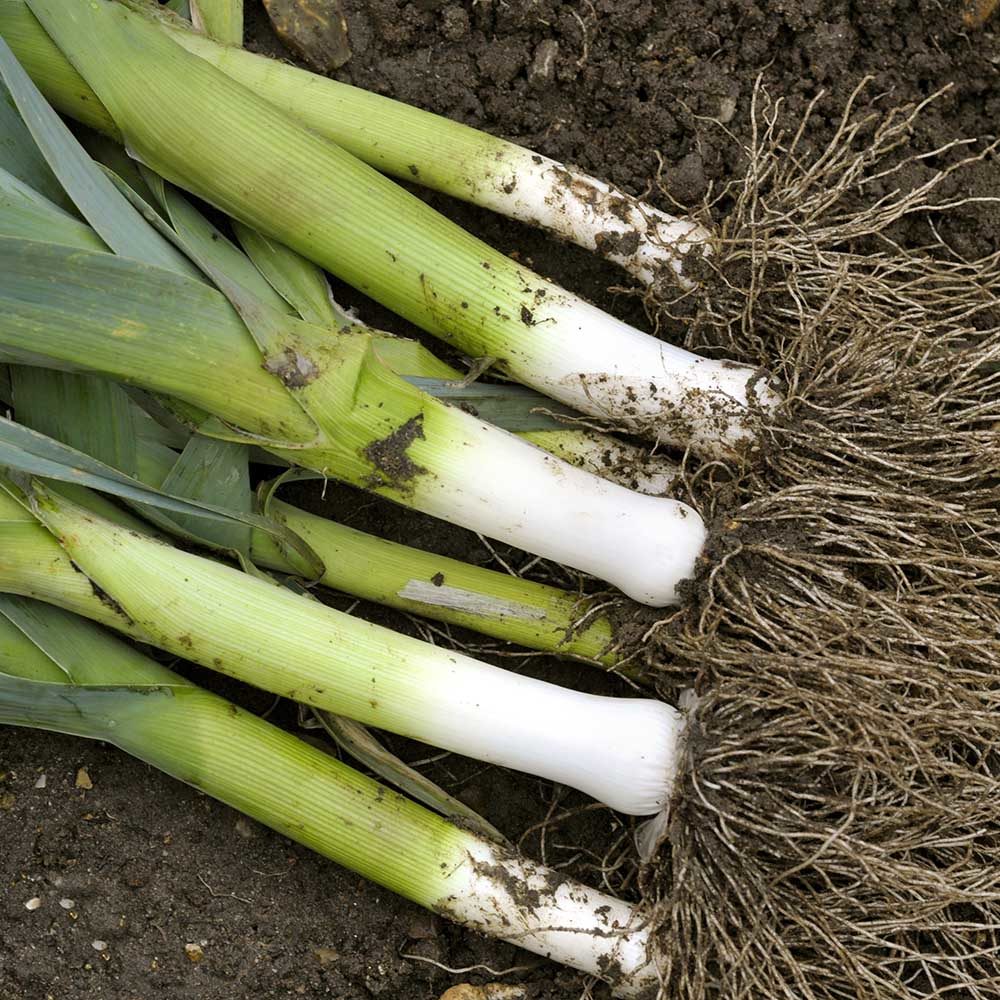Our fellow growers at the Community Garden just harvested a heap of leeks – only to discover that they all had Allium Leaf Miner! How frustrating.
Here is a quick info sheet on what ALM is, and some ways to protect your plants.
What is it?
Latin name Phytomyza gymnostoma
Allium Leaf Miner is mining fly that can be devastating to your allium crops. It infects all alliums; garlic, shallots, onions, chives and leeks. Leeks seem to be hit hardest, with secondary infection coming in and causing rot.
This pest was first recorded in Poland in 1858 but it’s only in recent times that it has become a significant pest.
It has spread quickly, being noticed as a problem in Hungary in 1986. By 1990 it was in Slovenia and Croatia moving across into Serbia by 1992. Come 1994 it was in Germany, Austria and Slovenia.
It was first recorded in the UK in 2002, with both commercial and amateur growers seeing the effects.
The adult is a very small fly with a body just 3 mm long. It is grey / black in colour with a yellow forehead and yellow on the abdomen. The legs are also black except for yellow knees.
The adult lays eggs which hatch into maggots. These are pale yellow in colour, tapering to an eyeless pointed head with a pair of brownish hooks. When fully developed they are about 6 mm long. These burrow through the host plant, leaving tunnels behind.
When fully developed, the maggot pupates. The pupae are reddish-brown in colour and 3 to 4 mm long. These are found near the surface of the host plant inside the leaf tissues. The fly hatches from these and starts the cycle again.
Symptoms
- Hard to spot – look at for rot caused by secondary fungal and bacterial infections.
- Adults: Before laying eggs, the female flies feed by making punctures in the leaves and sucking up the exuding sap
- This causes distinctive lines of white dots on the foliage
- Maggots: The larvae are white, headless maggots without legs
- These make tunnels in the foliage, stems, and bulbs of their host plants
- Note: Similar damage is caused by caterpillars of the leek moth but that insect has creamy white larvae with brown heads and small legs
- The cylindrical brown pupae are about 3mm long and found embedded in the stems and bulbs
Controls
Plants can be protected by covering them with an insect-proof mesh, at times when the adult flies are active and laying eggs. Peak adult activity is March to April and October to November. Crop rotation must be used, as adult flies might emerge from pupae underneath the covering if susceptible plants are grown in the same piece of ground in successive years.







